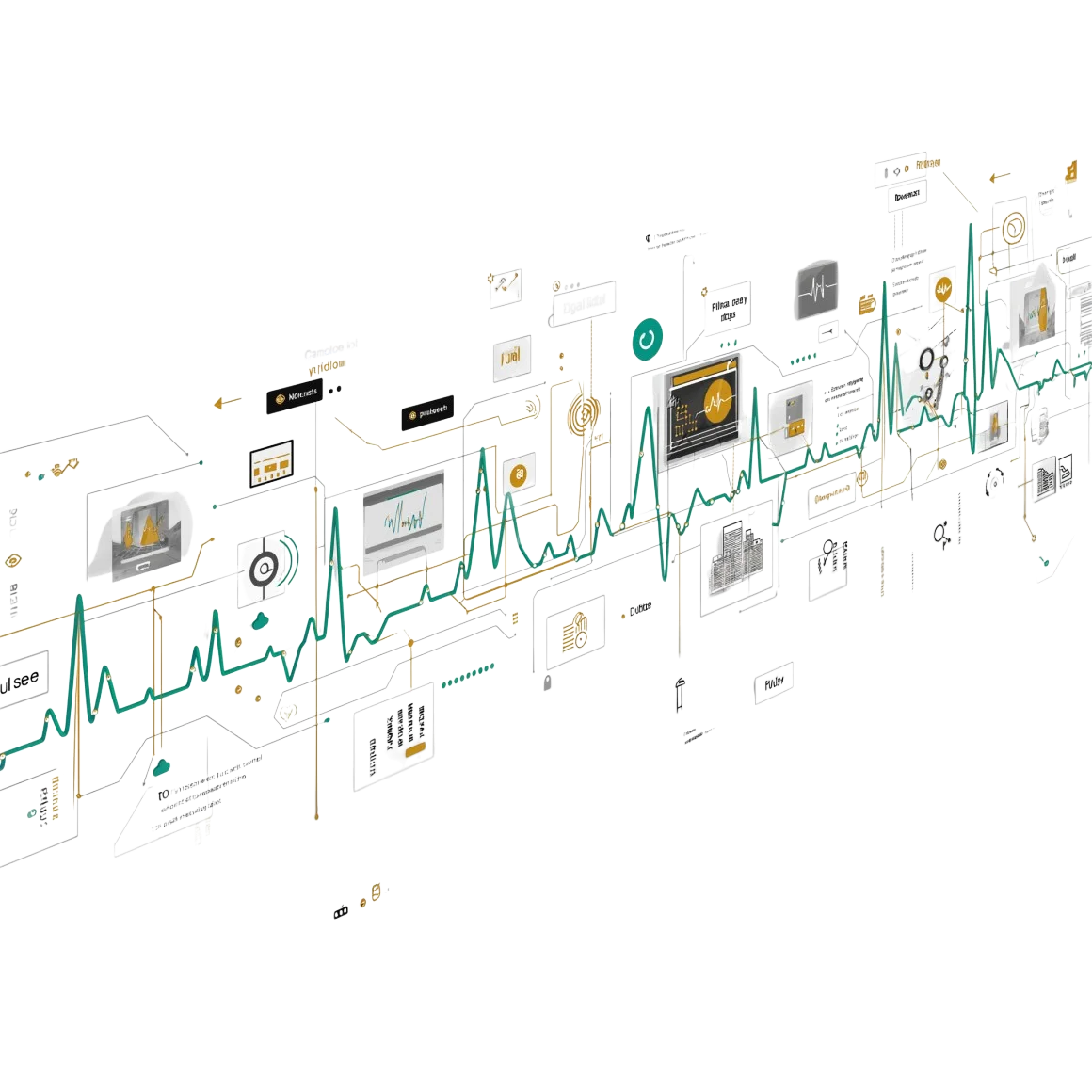". . Systems that pulse with purpose . ."
The world doesn’t run in a straight line - so why should your architecture?
Systems must be more reactive, resilient, and ready to respond instantly to change. That’s where Event-Driven Architecture (EDA) steps in, as a powerful architectural style designed to decode complexity and amplify agility across modern enterprises.
What is Event-Driven Architecture?
At its core, EDA is a decoupled architecture where services communicate by producing and responding to events (facts about things that have happened, e.g. ‘order placed’, ‘payment failed’, ‘sensor activated’).
Instead of calling services directly (like in a traditional request/response model), components publish events to a broker, and subscribers listen and react.
This enables:
- Real-time responsiveness
- Loose coupling between systems
- Horizontal scalability
- Resilience in the face of failure
Think of it as building with LEGO bricks instead of poured concrete. Modular, flexible, and easier to evolve over time.
Use cases where EDA shines
1. E-commerce order processing
When a customer places an order, a chain of events is set off:
- “Order Placed" - triggers payment processing
- "Payment Confirmed" - triggers inventory check
- "Inventory Reserved" - triggers shipping label creation
Each step can happen asynchronously, reducing wait times and improving scalability.
2. Fraud detection in Financial Services
Streaming transaction data in real time allows EDA-based systems to detect anomalies and trigger alerts within milliseconds. Instead of querying a central system, rules engines subscribe to streams and react immediately.
3. IoT and smart devices
Temperature sensors, security systems, or industrial machinery all generate high volumes of data. With EDA, devices can emit events as they occur (“door opened”, “temperature threshold breached”) and downstream consumers (analytics, alerting systems) can act accordingly.
4. Customer experience platforms
Imagine a customer browsing a website. Every click, search, or scroll can emit an event. Personalisation engines consume these in real time to dynamically adapt offers or content. No delay, no refresh, no frustration.
Common design patterns
Let’s explore some of the go-to blueprints in the EDA world ..
Event Notification
An event signals that something happened, but no data is shared. Receivers then call the source if they need more info.
✅ Lightweight
❌Tight coupling sneaks back in
Event-carried state transfer
Events contain enough data to allow the receiver to process it independently.
✅ Enables autonomy
❌Larger payloads
Event sourcing
Every change to application state is stored as a sequence of events. Great for audit trails, time travel debugging, and syncing state across systems.
✅ Full history, powerful insight
❌Complexity in rehydrating current state
CQRS (Command Query Responsibility Segregation)
Separates read and write models. Commands (writes) emit events; queries (reads) are handled by de normalised views built from those events.
✅ High performance, scalability
❌Adds complexity, requires coordination
What to look out for?
- Overengineering. Don’t use EDA where a simple CRUD API will do. Choose wisely.
- Lack of observability. Distributed, asynchronous flows are hard to trace without proper logging, correlation IDs, and monitoring.
- Message chaos. Without governance, your event streams can become a spaghetti mess. Define event schemas, versioning, and contracts up front.
- Too much coupling hidden in the ‘event’ itself. Just because services aren’t calling each other doesn’t mean they aren’t co-dependent. Watch those implicit dependencies!
Event-Driven Architecture is for any organisation looking to build responsive, scalable, and future-proof systems.
But like any powerful pattern, it must be applied with purpose.
Used correctly, EDA empowers teams to move fast without breaking things. It opens the door to digital ecosystems that are modular, evolvable, and ready to meet customers where they are: in the now.
So, next time you’re asked how to design a system that can scale and adapt - think events, not endpoints.






